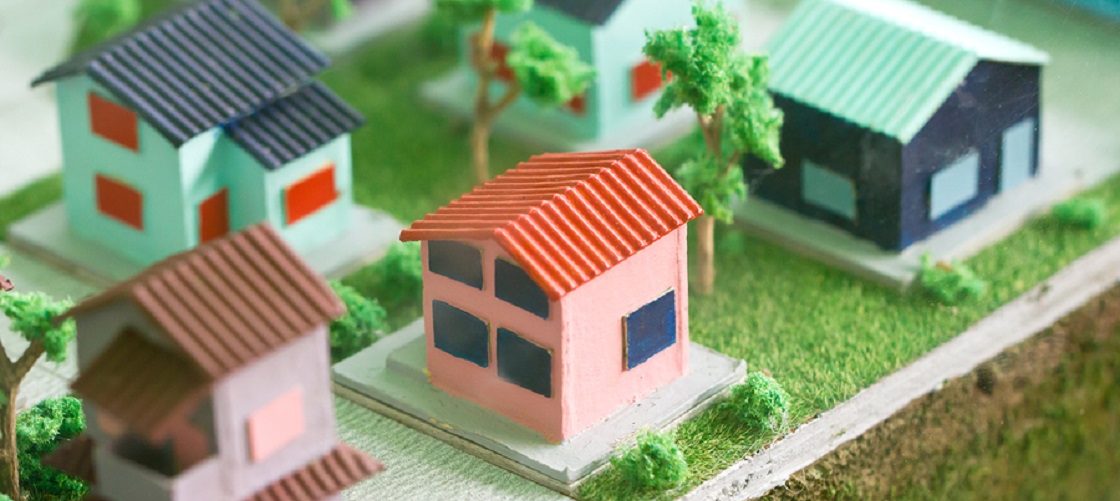Thousands of Australians are under mortgage stress, and thousands more are locked out of the housing market thanks to the housing-affordability crisis in Australia. Now the RBA is warning that some Australian cities like Sydney and Melbourne are in a housing bubble with highly indebted homeowners at risk of financial difficulty resulting from any fall in house prices.
So how do we avoid getting caught in the trap of too much debt on our home? One way could be to stop our obsession with the idea that bigger is always better.
The average house in Australia is now 797 square feet (243 square meters), an increase of more than 40% since 1984, 20% bigger than the USA, three times bigger than the United Kingdom (249 sqft or 76sqm), and more than five times bigger than Hong Kong. Around the world, there is a movement that is radically opposite to this Australian way: the Tiny House movement.
I, for one, think they’ve got it right.
Considering The Tiny House Movement
Two years ago, my wife and I took note of the Tiny House movement emerging in the US and actively discussed how much space we and our two teenage sons actually needed to live happily.
At the time, we were living in the typical “success” house—1476sqft (450sqm) of living space in a double story home on a 2625sqft (800sqm) block. This place came with everything, including a $600,000 mortgage.
We spent nearly a year wrestling with our questions about the Tiny House… could we do it? What would our friends think? Shouldn’t we be buying bigger and better to adequately represent our “social status?” When we looked deep, it was our happiness we wanted, not feeling pressured to live our lives by others standards.
The tipping point came from a late-night home invasion by a drug-fueled intruder. Shortly after, we made the decision to trial downsizing. We went from an 2625sqft block to a 459sqft (140sqm) apartment. Along with that change was a downsize from a $600,000 mortgage to being debt-free.
[memb_is_logged_in]
Now, a 459sqft apartment is huge by the standards of the Tiny House movement. True Tiny House followers live in, on average, 197sqft (60sqm). But this home is very small by the current Australian ideals of the size of a house you need to raise a family in. Interestingly, our apartment is the size of the average Perth home back in 1985. And I don’t remember families being less happy back then!
Making The Change To Smaller
So how have we adjusted to the living in small space?
The adjustment was actually much easier than I thought it would be. It took less than two weeks for us to recalibrate to this new normal.
We definitely spend less, walk more, use public transport more, have far less household chores to be done, and as a result we get out more. We travel more, and relax more.
On the down side, we have compromised and let the boys have TVs in their bedrooms, which we didn’t have before. There are also times when a little cabin fever sets in, and the boys would appreciate another living area. We don’t socialize quite as much at home anymore, but equally this has given us good opportunities to discover more great places in our city, where we go to meet friends.
What’s The Verdict?
A family of four, including two teenagers, can happily live in 459sqft without killing each other.
Our experience? Living a happy life, free from Money Stress, beats living in nice big house with a huge mortgage any day of the week.
[else_memb_is_logged_in]
[memb_include_partial id=338]
[/memb_is_logged_in]
Dr. Tony is the co-founder of MindShift.money and the best-selling author of three books on personal and business finances. Having achieved Financial Freedom at 27, Dr. Tony believes that through Financially Fit Bootcamp and Cash Flow Cure everyone can get there. He has made it his life’s mission to help others live a life where their money works for them—not the other way around.

Love it. Makes a big difference not having that money stress hanging over